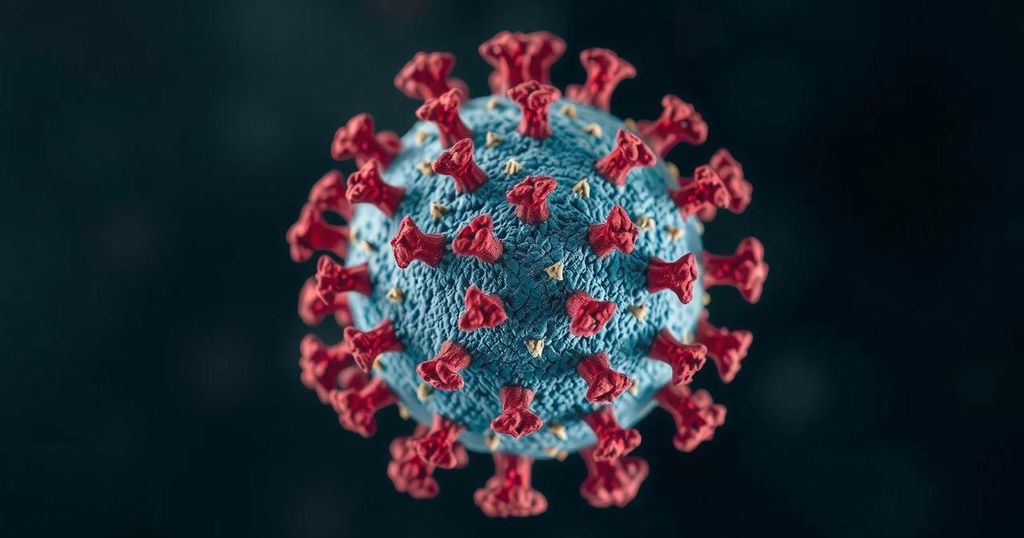Understanding Mpox: Symptoms, Spread, and Current Outbreaks

Mpox, formerly known as monkeypox, is a viral disease that has become a public health emergency. Symptoms include fever, rash, and severe lesions, primarily affecting populations in Africa. The disease spreads through close contact and has been noted in countries like the DRC, Burundi, and Uganda. Preventative measures include vaccination and hygiene practices, though accessibility remains a concern.
Mpox, previously known as monkeypox, is a highly contagious viral disease that has been declared a public health emergency of international concern by the World Health Organization (WHO). It primarily affects populations in the tropical rainforests of West and Central Africa but has recently been reported in neighboring countries. The disease was responsible for at least 450 deaths in the Democratic Republic of Congo (DRC) alone, underscoring the severity of its impact. The symptoms typically begin with fever, headache, and muscular pain, followed by a painful rash that can progress to severe lesions across the body.
Originally transmitted from animals to humans, mpox now spreads between individuals, particularly through close personal contact, including sexual interactions. It presents the initial symptoms of fever, headaches, and body aches, followed by a distinct rash that begins on the face and spreads to other areas, such as the palms and soles. The rash can be intensely itchy or painful, eventually forming scabs that may leave scars. While many cases resolve independently within 14 to 21 days, some can prove fatal, especially in young children and other vulnerable populations.
The disease thrives most in isolated communities within the DRC and nearby regions, where thousands of cases are reported yearly. Areas with rising incidents include Burundi, Rwanda, Uganda, and Kenya, where mpox is not typically endemic. The outbreaks are fueled by various strains of mpox, including the more severe Clade 1b, which appears to spread more readily and cause increased severity of the disease. Notably, the Africa Centres for Disease Control and Prevention (CDC) reported over 14,500 mpox cases and 450 related fatalities within a short timeframe, indicating a substantial rise in infections.
Transmission occurs through direct skin contact, sexual contact, and interaction with contaminated objects. Vulnerable populations such as young children and individuals with compromised immunity are at heightened risk. Preventative measures include avoiding close contact with infected individuals and maintaining hand hygiene in affected communities. Vaccinations are available; however, there are concerns regarding their accessibility for all at-risk populations.
Mpox, a viral disease related to smallpox, manifests symptoms that can often resemble mild pox illnesses. It has traditionally been endemic to certain African regions but has recently seen an increase in cases due to both human-to-human and zoonotic transmission. Health authorities are increasingly concerned about this spike as more virulent strains emerge, particularly the Clade 1b variant, which poses a significant risk to public health. The WHO and CDC are monitoring the situation, aiming to coordinate responses and ensure that resources, including vaccines, are available to mitigate further outbreaks.
In summary, mpox remains a serious public health concern, particularly in Central and West Africa, with rising incidences reported. Given its potential for severe illness and transmission through close contact, immediate action is necessary to control outbreaks and protect vulnerable populations. Vaccination and public health education play critical roles in response efforts as authorities work to curb the spread of this disease across affected regions.
Original Source: www.bbc.com







